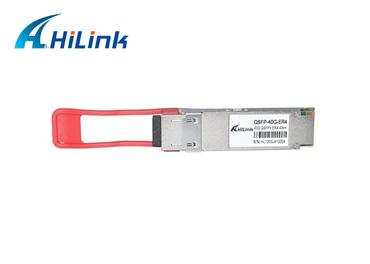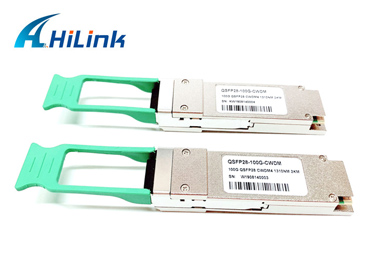What is the SFF-8472 Protocol for Optical Modules?
Nov. 16, 2022
Optical modules play an important role in data centers, and many international and industry organizations have developed various standards to govern the production and manufacture of optical modules, such as GBIC, SFF-0053, INF-8074, and SFF-8472, etc. SFF-8472 is a protocol that most optical modules follow today.
What is the SFF-8472 protocol?
SFF-8472 is a multi-source protocol for the digital monitoring of optical devices, developed by the SFF Committee, an industry organization. This protocol was originally established to define the shape of a new type of disk drive for portable computers.
It defines a reference framework for optical module manufacturers and network equipment manufacturers so that products from different optical module manufacturers and network equipment manufacturers are seamlessly interoperable and OAM parameters can be shared throughout the optical communications industry.
40GBASE-ER4 40KM QSFP+ ER4
DDM in the SFF-8472 Protocol
The main purpose of the SFF-8472 protocol is to define the Digital Diagnostic Monitoring (DDM) function of optical modules, so what is DDM? The SFF-8472 protocol provides calibrated results or provides digitized measurement results and calibration parameters that are stored in a standard memory structure that, in addition to providing parameter monitoring information, also defines The alarm flag or alarm condition is raised.
Benefits of using the SFF-8472 protocol
The SFF-8472 protocol adds a Digital Diagnostic Monitoring and Control (DDM) function to optical modules, which optimizes the serial ID interface in the GBIC and SFP MSA protocols. Using this protocol offers the following advantages.
100G QSFP28 CWDM4 2KM
1. Predict the lifetime of the optical module
In general, the output power of an optical module is stable, which is achieved by increasing the bias current of the laser emitter. However, the quantum efficiency of the emitting laser decreases with increasing operation time, so the user can predict the lifetime of the optical module by monitoring the bias current of the laser emitter.
2. Fault Location
The Digital Diagnostic Monitoring (DDM) function defined by the SFF-8472 protocol quickly determines the extent of a fault in an optical network system, and then accurately locates the point of failure by monitoring data from the pins and diagnostic parameters of the optical module.
3. Compatibility Testing
Compatibility testing detects whether an optical module can be used normally in a network device, and the most common incompatibilities include voltage exceeding the module's specifications, temperature exceeding the module's specifications, and received optical power overload or below the receiving range of the optical receiver. The use of optical modules with Digital Diagnostic Monitoring (DDM) can reflect these incompatibilities visually.













